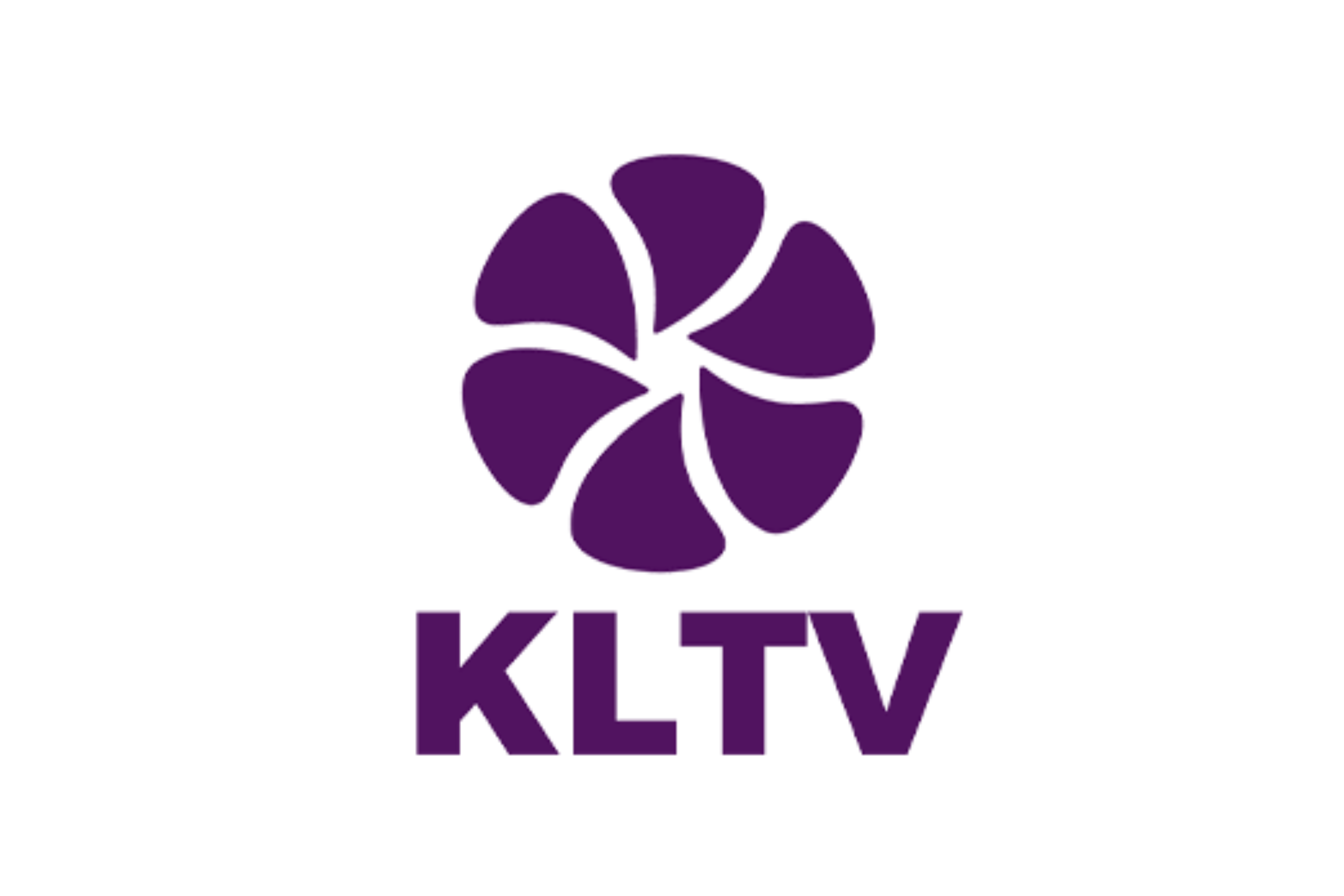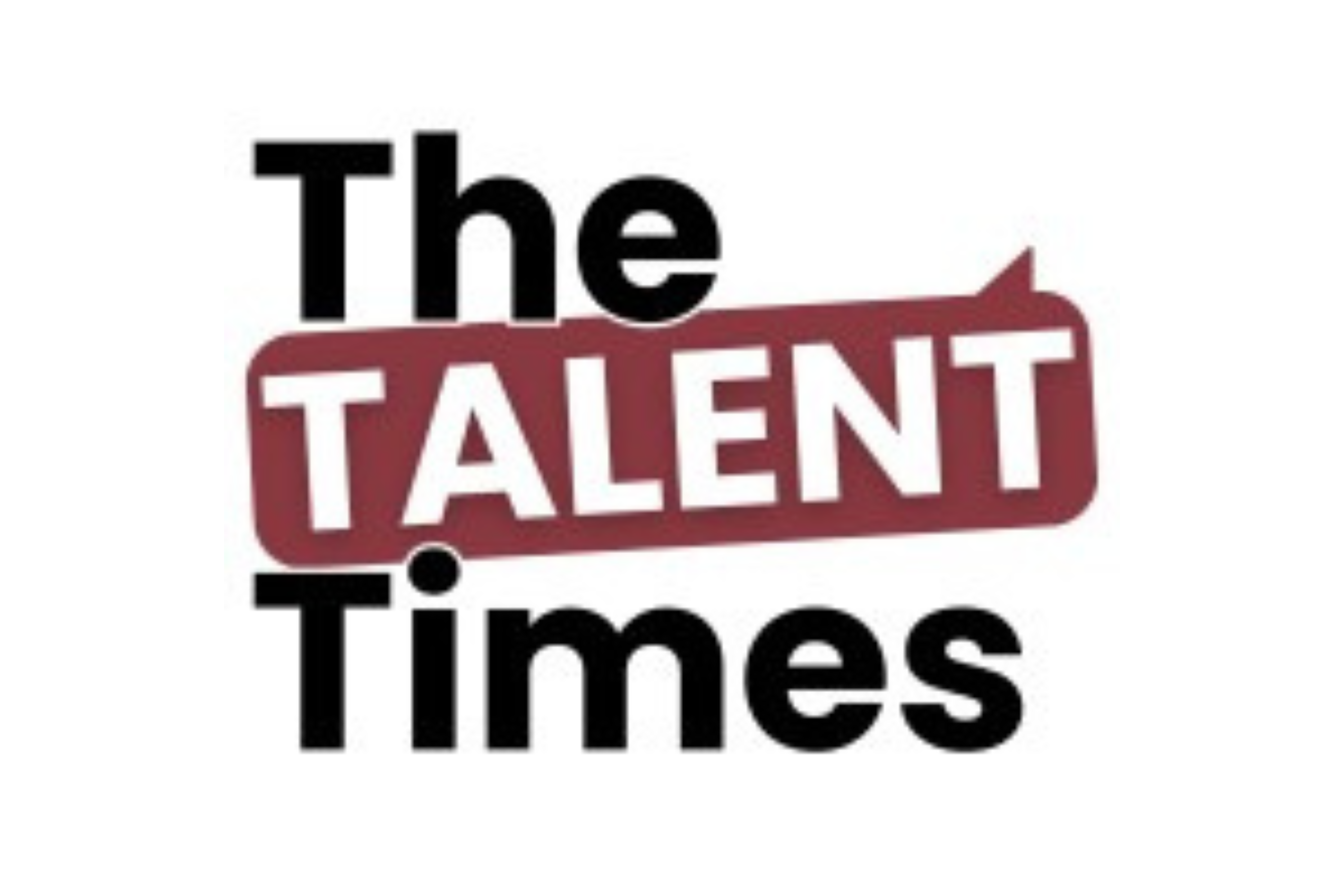- Only a quarter feel they have access to the contacts and networks needed to progress their creative career (vs. 62% of general respondents)
- 88% cite the two biggest barriers as: lack of employer understanding of ‘reasonable adjustments’, and awareness of disability issues among colleagues
- Many candidates choose not to disclose disability to potential or current employers
Creative Access has today published a new report on Disability equity in the UK’s creative industries, which reveals the shocking extent to which disabled UK workers have experienced prejudice around access to jobs or progression opportunities in creative industries. The gap widens when disabled individuals also identify as being from a Black, Asian, Ethnically Diverse (BAED) or low socio-economic status (LSES).
Creative Access data showed, when asked to agree or disagree with the statement ‘I feel I have the the necessary confidence to progress in my career’ 70% of respondents who identified as BAED agreed, this dropped to just 40% when respondents identified as BAED and disabled3. When asked about seeing opportunities for career progression, the answers were 71% vs. 60% respectively3.
The reality in the UK for disabled workers
In the UK currently 1 in 5 in UK workers are disabled, and the likelihood of unemployment is higher with disabled workers (81% vs. 52.7% of non-disabled workers)1. And while the employment gap had been closing, the pandemic took us back a step. Disabled workers are also more likely to be in lower-skilled occupations, self-employed, working part-time (and subsequently less hours), working in the public sector or temporarily away from work1.
What did respondents say?
We asked candidates about tactics to improve the accessibility of roles and opportunities in the creative economy to disabled people. The most important thing was that employers be responsive to employees negotiating a working pattern that met their individual needs; over three quarters of respondents cited that they’d like:
- More flexible working
- Training for line managers in supporting disabled employees to thrive
Career progression & intersectionality
The survey found 56% of respondents are affected by more than one category of disability (rising to 86% of respondents affected by mental illness and at least one other). Only a third of respondents felt they had confidence to progress their creative career, citing negative experiences at work contributing to low confidence. And only 1 in 3 stated that their organisation had an inclusive culture.
On intersectionality, BAED respondent Lily Ahree Siegel said: “It’s not about the lack of talent but lack of access. It seems no matter how qualified or excellent I am, I need to be extraordinary to receive praise and access to similar institutions to my white, able-bodied peers…Like many jobs, there’s a lot hinging on others to “take a chance” on someone. Not to mention other systemic disadvantages – disabled people are more likely to be unemployed or living in poverty. I have [also] yet to see a person like myself in a leadership position.”
A call to arms for creative industry employers
While there was no ‘one size fits all approach’ for adjustments or considerations for employers when it comes to helping disabled workers and candidates thrive. A common theme appeared among immediate considerations, including:
- Audit your staff to ensure hiring and line managers (and third party recruiters) sufficiently understand their legal duties towards disabled people as set out in the Equality Act 2010
- Undertake appropriate team training, e.g. on embracing neurodiversity, mental health or disability equity to ensure staff are more aware of what ‘reasonable adjustments’ can and should be made
- Consider making adjustments to your application procedures regarding forms, interviews and communication around the recruitment process
Josie Dobrin, Executive Chair, Creative Access:
“In the creative industries – in which disabled people are under-represented – there is a huge opportunity for employers to gain from the advantage of a more diverse workforce. And disabled candidates are clear about what will best set themselves up for success, whether that’s around flexible working, better training at all levels of the organisation or bespoke routes into mentors. It’s collectively down to us all in the creative economy to decide to listen to the data, spot room for improvement and act upon it.
“We at Creative Access also don’t shy away our part to play as a diversity, equity and inclusion organisation that connects diverse candidates with opportunities for jobs and career advancement. We have already begun implementing numerous changes to how we recruit and support our own staff, and we will also be exploring how we support disabled candidate access to networking, bespoke mentor matching and potentially ringfenced access to bursaries for career development.”
- Creative Access disability equity report 2022
- Inclusive employer action plan resource (disability)
- Upcoming open employer training: mental health, neurodiversity, disability equity
How did respondents identify?
| Neurodivergence | 417 | 54% |
| Mental Illness | 362 | 47% |
| Long-term illness or health condition | 263 | 34% |
| Physical | 161 | 20% |
| Learning disability | 143 | 19% |
| Sensory & communication | 67 | 9% |
| Other2 | 31 | 4% |
Methodology
We designed the survey in consultation with a disability consultant. This was sent to approximately 8,000 contacts on the Creative Access candidate database who had identified themselves as disabled, Deaf or neurodivergent. It was sent by email and completed via an online form during September 2022. In total we received responses from 770 candidates.
1 ONS ‘The employment of disabled people 2021’, 11 February 2022
2Responses in the category ‘other’ included responses such as Hard of hearing/Deaf, Epilepsy, PTSD, Dyslexia, Cerebral Palsy, Stammer and Multiple Sclerosis amongst others.
3Creative Access 2022 Thrive Report which surveyed employers and employees in creative industry roles




